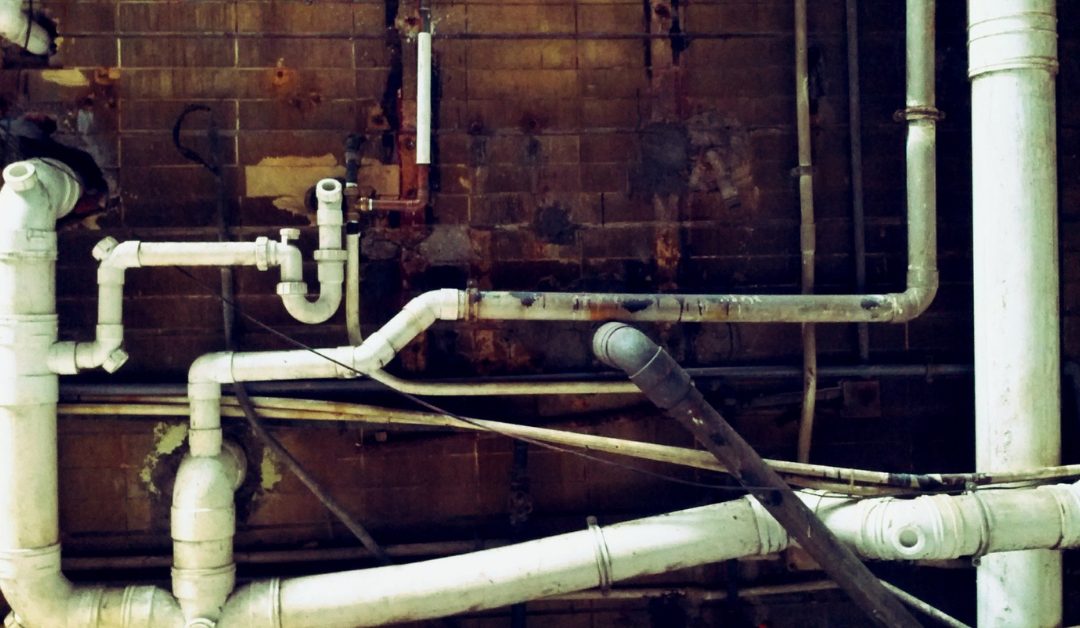Is there a chemical and/or preventive maintenance procedure that will keep our main drain line clean? Occasionally, we experience a backup of water, which seems to be due to a buildup of a black greasy residue within the line. Would you recommend a periodic flush of hot water to “melt away” the detergent? If so, how hot? Our normal hot water temperature is maintained at 120-degrees; however, most washes selected are in cold water.
We also have observed that some of our customers use too much powdered detergent, which we believe contributes to our problem.
We are a two-year-old, full-service laundry with a four-inch main drain that runs approximately the 70-foot length of our store. I must admit that the line does not drop much from front to back of store, which also probably does not help our situation. Our equipment mix features 23 two-year-old washers, including six toploaders, nine 30-pound frontloaders, five 40-pound washers, two 60-pounders and one 80-pounder.
For the first time since opening, we recently had a plumber use a rod to clear the line.
First of all, hot water won’t do anything to help your situation.
There are two things that are important in any type of vended laundry installation, big or small – that’s the size of the drain line and its approximate pitch from the front to the back of the store.
If your pitch is incorrect, you will get what I refer to as “lazy water,” and this is what causes the black muck to settle and collect, because the water is not moving fast enough to leave your line.
You have two problems: (1) for all of the equipment you have in your store, you would have been better off installing a six-inch drain line, and (2) you probably could use another six- to 10-inch drop from the front to the rear of your laundry.
Unfortunately, it most likely would be too expensive to re-do your main drain line. Therefore, I would recommend you have a power wash cleaning done on the line once a year. This will clean your drain pipe more thoroughly than a standard rod cleaning, because it’s high pressure and it will flush through the full circumference of the pipe. It also will dislodge and flush out any of the coins that tend to fuse together in that detergent/muck mix.
You are correct about powdered detergents, especially the less expensive brands. They have a high concentration of soda ash, which has a tendency to harden like concrete when they come in contact with cold water. And, once they harden, they’re very difficult to loosen up.
Again, the best advice is to power wash your drain line annually. This should alleviate your problem.
I recently washed some comforters for a long-time wash-dry-fold customer of ours, and the colors bled. Of course, I paid him for the damage, because it was our error. But my main question is: how can we know which garments to wash and which not to wash – and which items will bleed their colors and which won’t?
Above all, read the care label. It should tell you if a garment is washable or not, and many of them also will tell you how to wash that particular item.
There is another way to see if the colors will bleed. However, be warned that it’s not foolproof. Simply dampen a white cotton handkerchief with hot water, rub it on a small inconspicuous portion of the garment, and if you see any color on that handkerchief, you will know not to wash that specific garment.












